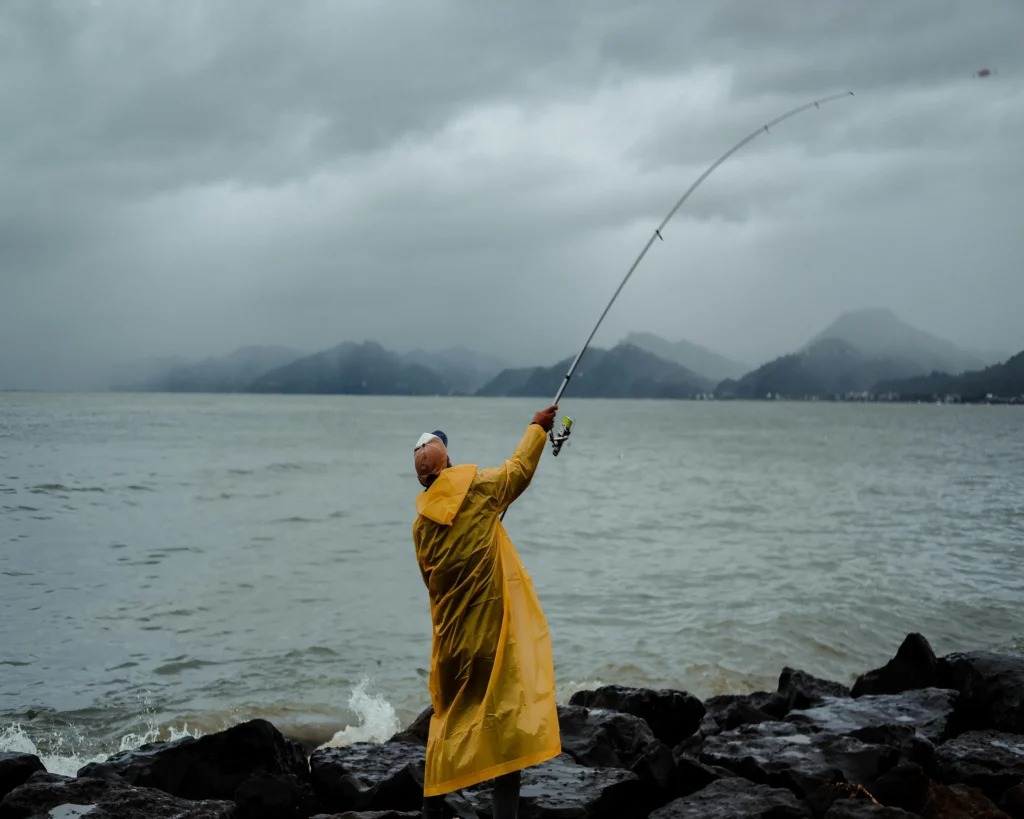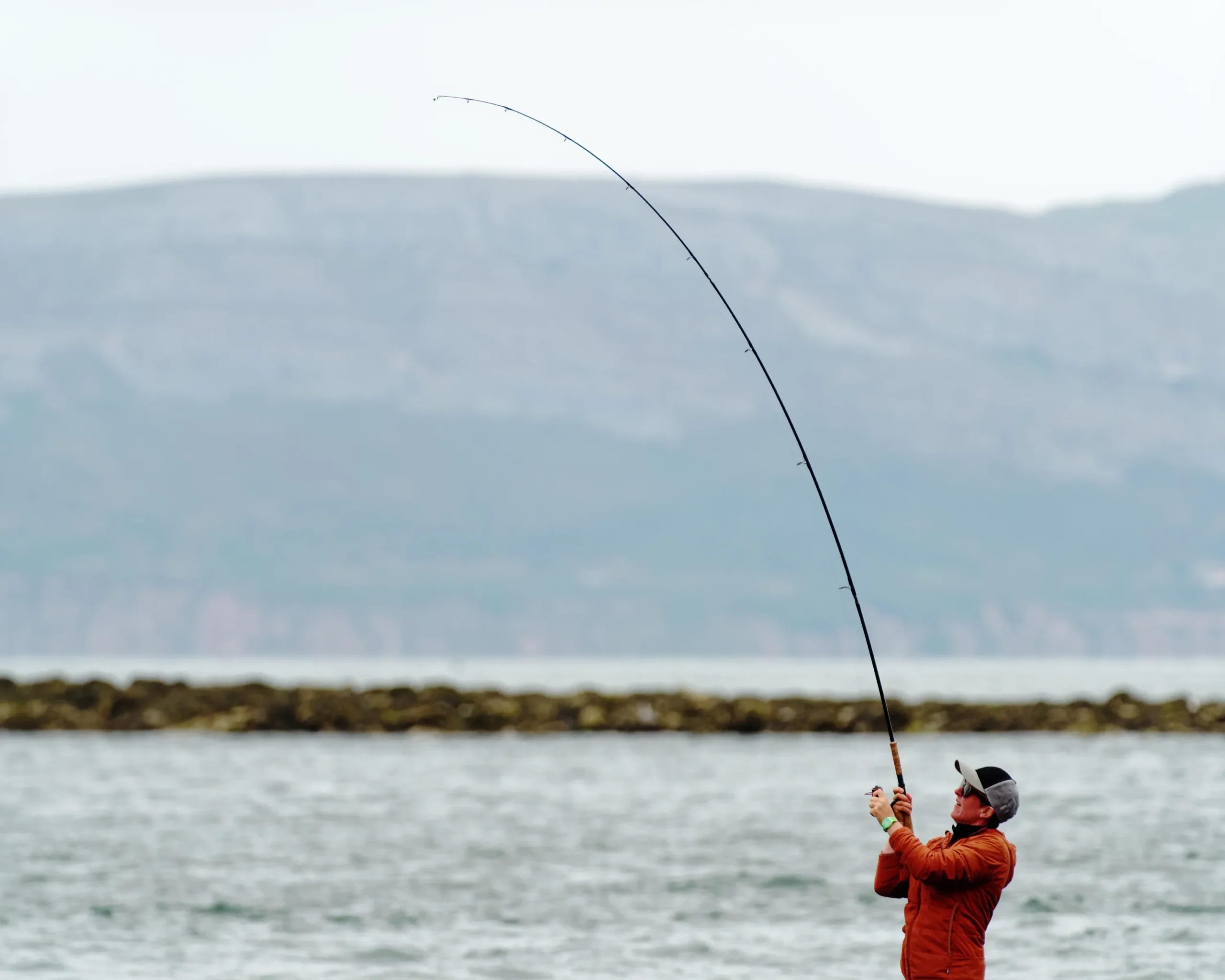Read in Urdu Language Click Here.
Casting:
Casting is a fundamental fishing technique that involves propelling a fishing lure or bait away from the angler into the water using a fishing rod and reel. The goal is to present the bait in a specific location where fish are likely to be found. Casting is a versatile skill used in various fishing environments, including freshwater and saltwater.

Here are key aspects of casting in fishing:
-
Equipment:
Fishing Rod:
The fishing rod is a flexible rod typically made of fiberglass, graphite, or a combination of materials. It provides the leverage and flexibility needed to cast effectively.
Fishing Reel:
The reel is mounted on the rod and contains a spool that holds the fishing line. Different types of reels, such as spinning reels, bait casting reels, or fly reels, are used depending on the fishing style.
Fishing Line:
It (fishing line) connects the reel to the lure or bait. It comes in various materials, including monofilament, fluorocarbon, and braided lines. The choice of line depends on factors like visibility, strength, and fishing conditions.
Lures or Bait:
Lures are artificial baits designed to mimic the appearance and movement of natural prey. Bait can be live or artificial and is attached to the hook to attract fish.
-
Types of Casting:
Overhead Casting:
Also known as the traditional or standard cast, overhead casting involves bringing the rod over the angler’s shoulder and casting the bait or lure forward.
Sidearm Casting:
In sidearm casting, the angler holds the rod to the side and makes a horizontal cast. This is useful for casting under low-hanging vegetation or in situations where an overhead cast might be restricted.
Underhand Casting:
Similar to sidearm casting, underhand casting involves holding the rod low and casting with a sweeping motion. This technique is often used for precision casting.
Pitching:
Pitching is a short-distance cast where the bait is swung underhand to a specific target. It is useful for precise placement in tight spaces.
Flipping:
Flipping is a close-range, targeted cast where the bait is swung a short distance into a specific location, often used in heavy cover or vegetation.
Roll Casting (Fly Fishing):
In fly fishing, roll casting is a technique used to present the fly when there is limited space behind the angler. The line is rolled across the water’s surface to extend the cast.
-
Casting Techniques:
Power Casting:
Power casting involves a forceful casting motion, generating greater distance. It’s commonly used with heavier lures or when longer casts are required.
Finesse Casting:
Finesse casting involves a more delicate and controlled casting motion. It’s used for lighter lures and when precision is critical.
Accuracy Casting:
Accuracy casting focuses on placing the bait or lure precisely in a specific spot, such as near structure or cover where fish are likely to be hiding.
-
Factors Influencing Casting:
Wind:
Wind direction and strength can affect casting accuracy and distance. Anglers may need to adjust their casting technique in windy conditions.
Lure Weight:
The weight of the lure or bait influences the casting distance. Heavier lures typically require more power in the cast.
Rod Action:
The action of the rod (fast, medium, slow) influences how it flexes during the cast. Different actions are suited to various casting styles and lure weights.
Line Management:
Proper line management, including maintaining the right amount of tension on the line during the cast helps prevent tangles and improves casting efficiency.
Casting is a skill that improves with practice. Anglers often experiment with different casting techniques and adjust their approach based on the fishing conditions and the behavior of the target species.
Read in Urdu Language Click Here.




